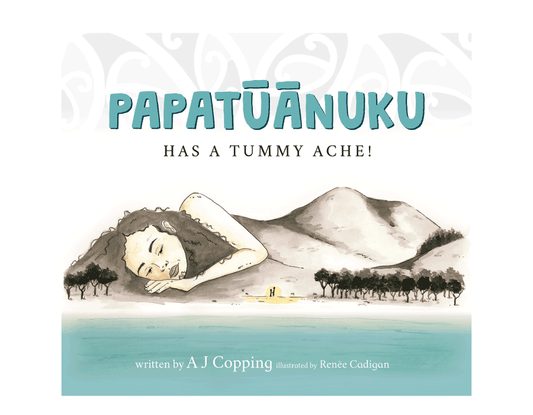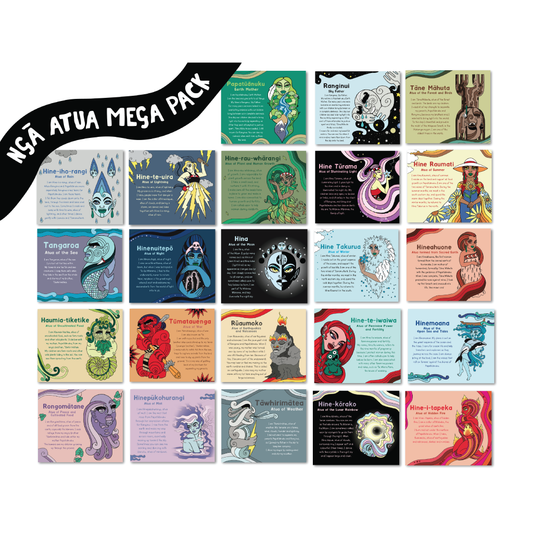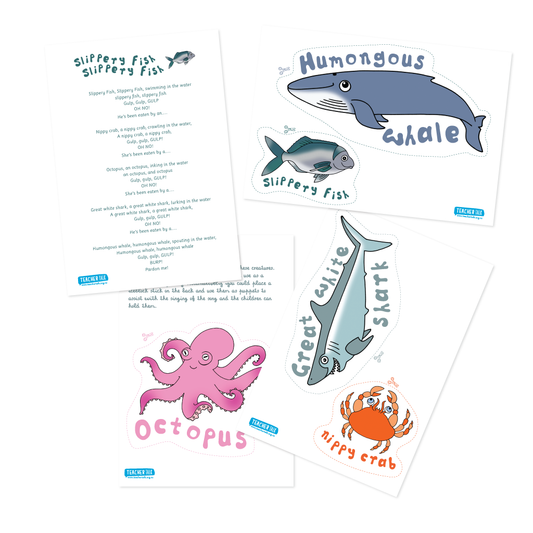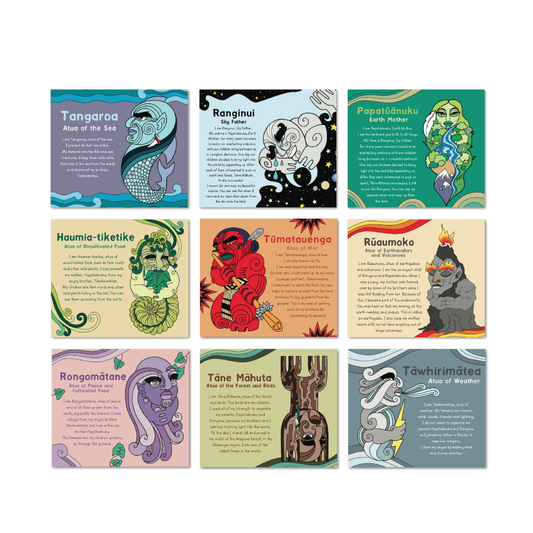Let’s Talk: Oral Language and Literacy in the Early Years
Language really is magic, isn’t it? It’s how tamariki share their ideas, tell their stories, and connect with the world around them. And the best bit? It comes in all sorts of forms — spoken words, scribbles on paper, little hands signing “more,” or even a full-blown performance of Let It Go at mat time. However it shows up, language is worth celebrating.
Talking, listening, and the art of conversation
Oral language is where it all begins. Those endless “why?” questions, the funny toddler expressions, the storytelling that goes off on wild tangents — that’s learning in action. Every chat we have with tamariki (yes, even the ones about dinosaurs for the 50th time) builds vocabulary, confidence, and a love of communication.
As educators, we don’t need to make it complicated. Simply pausing to really listen, adding new words into conversations, or asking open-ended questions (“What do you think will happen next?”) can spark so much language growth.
Books: Old friends and new adventures
There’s something special about books. They’re not just about letters and words — they’re about adventure, belonging, and imagination. A picture book can take tamariki to outer space, under the sea, or into the shoes of someone completely different.
Encouraging tamariki to “read” to their dolls, retell stories in their own words, or even make up their own endings keeps books alive and playful. And remember, you don’t have to read cover-to-cover every time — even one page can be a treasure chest of conversation.
Sign, gesture, and expression
Language doesn’t always need sound. Signing “milk,” pointing to the sky, or raising eyebrows in surprise — it’s all communication. Supporting tamariki to use and recognise these non-verbal tools helps everyone feel understood. It’s also a wonderful way to make learning more inclusive and to celebrate the many ways we all express ourselves.
Language, Identity, and Belonging
Language is more than a tool for communication — it’s a core part of identity. When tamariki see their home language, culture, and unique way of expressing themselves reflected in the environment, they feel valued and connected. Every word spoken, song sung, or sign shared helps children understand who they are and where they belong. Encouraging tamariki to explore multiple languages — spoken, signed, or written — supports confidence, curiosity, and a strong sense of self.
Music: The sneaky teacher
Songs and rhymes are some of the easiest (and most fun!) ways to support literacy. Think about it — repetition, rhythm, rhyme, memory, joy… music has it all. Singing while packing away toys, adding actions to songs, or making up silly rhymes on the spot not only brings smiles, it strengthens language pathways in the brain.
Celebrating the little things
The truth is, literacy isn’t just about “school readiness” or writing names neatly. It’s about tamariki realising their voices matter — whether spoken, written, sung, or signed. Every time we model language, provide tools like books and music, and celebrate those early scribbles and stories, we’re giving tamariki the confidence to share who they are.
So next time you’re chatting with a child about bugs, or singing the same song for the tenth time in a row, know this: you’re building the foundation for a lifetime of communication. And that’s something pretty special!
Quick Ideas for Educators
Here are some simple ways you can sprinkle more oral language and literacy into everyday play:
✨ Story baskets — Add props, puppets, or loose parts to go alongside a favourite book. Tamariki can retell and reimagine the story in their own way.
✨ Conversation starters — Instead of “Did you have fun?” try “What was your favourite part of…?” or “What do you think would happen if…?” Open-ended questions invite more than one-word answers.
✨ Singing everywhere — Don’t save songs for mat time! Try a tidy-up song, a snack-time chant, or make up a silly rhyme about the weather.
✨ Celebrating scribbles — Treat early marks and drawings as the beginnings of writing. Offer clipboards, chalk, or whiteboards during play — no pressure, just opportunities.
✨ Sign it out — Introduce a few simple signs (like “more,” “stop,” or “finished”) alongside spoken words. It helps communication click faster for some tamariki, and everyone benefits from the inclusiveness.
✨ Book nooks — Create cosy, inviting spaces with cushions, soft toys, and books at children’s level. Rotate resources so there’s always something fresh to spark interest.
✨ Dramatic play — Whether it’s a café, vet clinic, or space station, role play is a goldmine for oral language. Stock the area with notebooks, menus, clipboards, and other print-rich resources to link spoken and written language.
Ko te reo rangatira, ko te mana motuhake
The chief’s language, the power of uniqueness.
Language carries mana, identity, and individuality. By nurturing it in all its forms, we empower tamariki to find their voice, embrace who they are, and flourish in the world around them.




